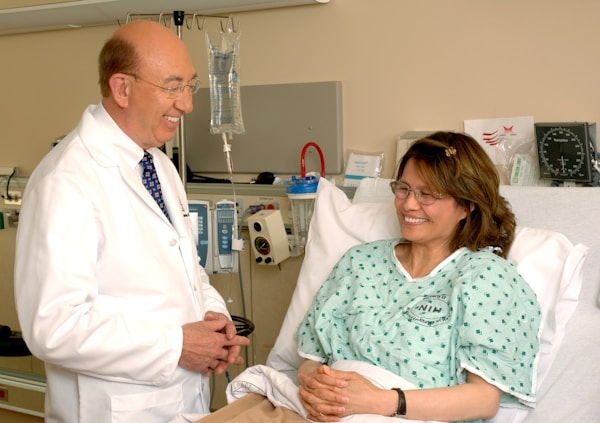Hereditary angioedema (HAE) is a rare, inherited disorder that causes swelling of various parts of the body, including the hands, feet, and face. HAE can occur in people of any age, but it is most commonly diagnosed in young adults. Because HAE is so rare, many people are not as familiar with its symptoms, and it can take a long time to obtain a proper diagnosis from a health care provider. Read on to learn more about this potentially life-threatening disorder, including its causes, symptoms, and treatment options.
What is hereditary angioedema?

Hereditary angioedema (HAE) is a rare, autosomal dominant disorder caused by mutations in the C1 inhibitor gene. The C1 inhibitor protein is responsible for inhibiting the inflammatory response. However, this protein is not functional in HAE, leading to uncontrolled inflammation and edema.
HAE occurs in about 1 in 50,000 people worldwide. It can affect people of any race or age group. There are three types of HAE: type 1 (the most common), type 2, and type 3. A different gene mutation causes each type.
Symptoms of HAE include episodes of swelling in the hands, feet, abdomen, face, or airway. These episodes can occur spontaneously or be triggered by factors such as stress, exercise, or infection. HAE can also cause abdominal pain, chest pain, and difficulty breathing.
What risks are associated with HAE?
HAE symptoms can range from mild to severe and can last for hours or days. Some people with HAE experience repeated attacks, while others have only a few episodes over their lifetime.
If untreated, HAE attacks can last for three days or longer and can recur multiple times over the course of a month. Therefore, it is essential to see your health care provider and develop a treatment plan if you are diagnosed with or suspect you might have HAE.
How can I reduce my risk of developing HAE?
There is no one definitive answer to this question, as the risk of developing HAE can vary from person to person. However, there are several things that people can do to reduce their risk of developing HAE.
One key factor is knowing whether or not someone has a family history of the condition. If there is a known history of HAE in one’s family, then affected individuals need to be aware of the symptoms and seek medical help if any occur. In addition, some general measures can be taken to help maintain overall health and reduce the risk of developing any type of disease, such as eating a healthy diet, getting regular exercise, and avoiding smoking and excessive alcohol consumption.
What is the treatment for HAE?

There is no cure for HAE. However, treatment options are available to help reduce the frequency and severity of attacks. Several ongoing research projects are investigating new therapies for HAE, including drugs that would block bradykinin production and gene therapy approaches that would replace the missing C1 inhibitor protein.
Treatment options for HAE include:
- Acute attack treatment: If you experience an acute attack, your doctor may prescribe medications such as antihistamines and corticosteroids to help relieve symptoms. You may also need to be hospitalized if your airway is at risk of becoming blocked.
- Daily prevention therapy: Your doctor may prescribe medications such as danazol or ecallantide to help reduce the number of attacks you experience. It is crucial to take these medications as prescribed and regularly follow up with your doctor.
- Emergency self-treatment: If you are experiencing an acute attack and cannot get to a doctor right away, you can use emergency self-treatment measures such as an ice pack or cold compress on the swollen area, elevate the affected limb, and drink plenty of fluids.
Additionally, people with HAE may want to consider enrolling in a clinical trial studying new treatments for the condition. Clinical trials offer access to new and potentially lifesaving therapies before they become available to the general public.







